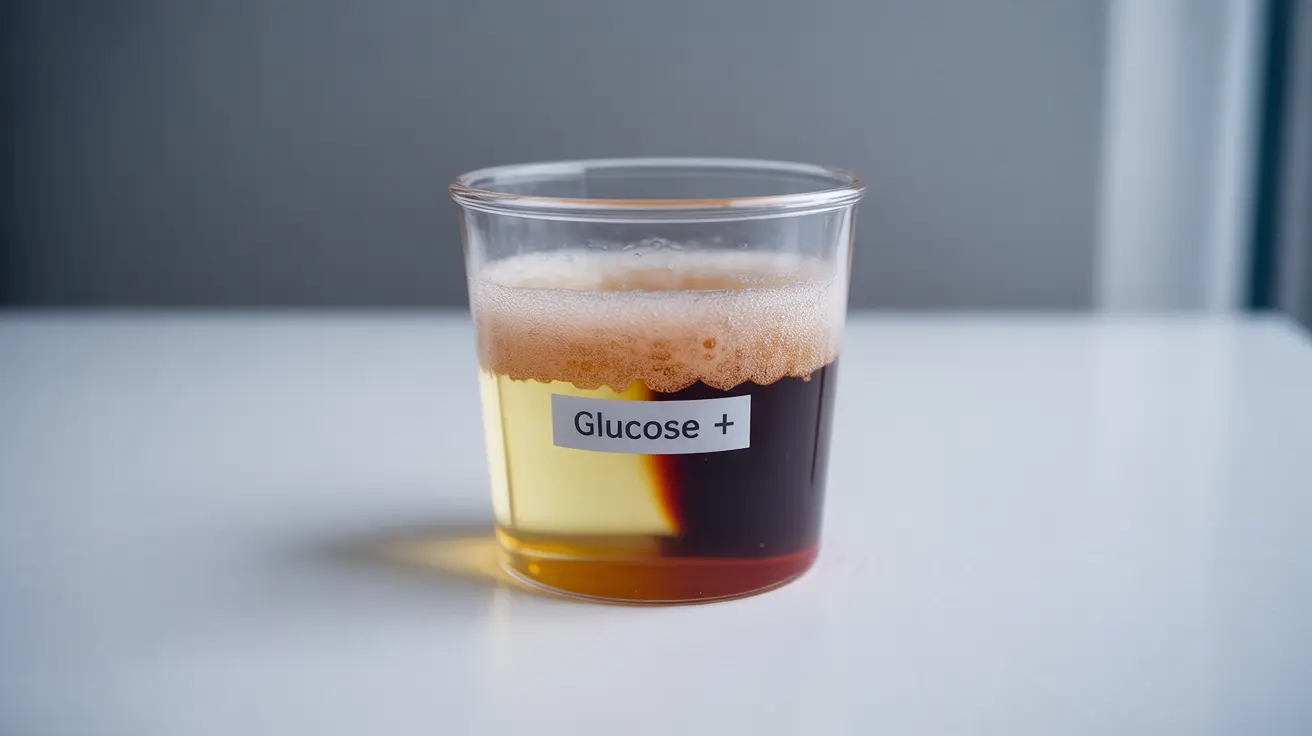Changes in urination patterns can be one of the earliest and most noticeable signs of diabetes. Understanding what's normal and what's not when it comes to diabetic pee can help you identify potential health concerns early and seek appropriate medical attention.
In this comprehensive guide, we'll explore how diabetes affects urination, what to watch for, and when to consult a healthcare provider. Whether you're newly diagnosed or concerned about diabetes symptoms, this information will help you better understand the connection between diabetes and urination patterns.
How Diabetes Affects Urination
When blood sugar levels rise above normal, your kidneys work harder to filter and absorb the excess glucose. When they can't keep up, this excess sugar is expelled through urine, taking additional water with it. This process leads to more frequent urination and can cause several noticeable changes in your urine.
Characteristics of Diabetic Urine
Diabetic pee often has distinct characteristics that set it apart from normal urine:
- Pale to dark amber color
- Sweet or fruity smell
- Increased volume
- Cloudy appearance
- Foamy texture
Common Symptoms Associated with Diabetic Urination
Several urinary symptoms commonly occur with diabetes:
- Increased frequency of urination, especially at night
- Larger amounts of urine per bathroom visit
- Intense, sudden urges to urinate
- Feeling of incomplete bladder emptying
- Increased thirst due to fluid loss
Impact on Bladder Health
Diabetes can significantly affect bladder function and overall urinary health. High blood sugar levels may damage nerves that control the bladder, leading to various complications:
- Urinary tract infections (UTIs)
- Overactive bladder
- Bladder control problems
- Incomplete bladder emptying
Managing Diabetic Urination Issues
Effective management of diabetes-related urination problems involves several key strategies:
- Regular blood sugar monitoring
- Proper medication management
- Adequate hydration
- Balanced diet
- Regular exercise
- Scheduled bathroom breaks
Prevention and Self-Care
Taking proactive steps can help minimize urinary complications:
- Maintain good hygiene
- Stay well-hydrated
- Follow prescribed diabetes treatment
- Monitor blood sugar levels regularly
- Practice pelvic floor exercises
When to Seek Medical Attention
Certain symptoms warrant immediate medical attention:
- Burning sensation during urination
- Blood in urine
- Severe back or abdominal pain
- Extreme thirst and frequent urination
- Confusion or disorientation
Frequently Asked Questions
Why does diabetes cause frequent urination and what does diabetic pee look or smell like? Diabetes causes frequent urination because excess blood sugar pulls water from tissues, increasing urine production. Diabetic pee often appears darker, may have a sweet or fruity smell, and can be cloudy or foamy due to the presence of glucose and proteins.
What are the common symptoms linked to diabetic urination and how can I recognize them? Common symptoms include increased urination frequency, especially at night, larger urine volumes, sudden urges to urinate, and increased thirst. You may also notice changes in urine color, smell, or consistency.
How is frequent urination due to diabetes treated or managed effectively? Treatment focuses on controlling blood sugar levels through medication, diet, and lifestyle changes. This may include following a diabetes management plan, staying hydrated, and maintaining regular bathroom schedules.
Can diabetes lead to urinary tract infections or bladder problems that affect urination? Yes, diabetes can increase the risk of UTIs and cause bladder problems due to nerve damage. High blood sugar creates an environment where bacteria thrive and can affect proper bladder function.
When should I see a doctor if I have increased urination and other signs of diabetes? Seek medical attention if you experience excessive thirst, frequent urination, unexplained weight loss, fatigue, or any unusual changes in urination patterns. Also consult a doctor if you develop symptoms of a UTI or experience pain during urination.




